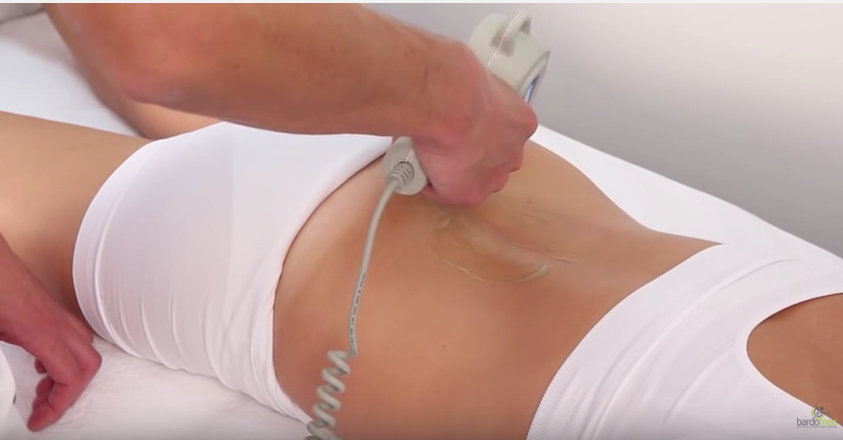Osteophytes, or bone growth, appear in places that are most stressed (including the spine, hip and knee joints) and are one of the consequences of degenerative changes. Treatment is aimed at stopping the lesions and relieving pain. The only way to remove osteophytes is surgery, but this is not always necessary. In many cases, rehabilitation is recommended. What physical treatments can you use to relieve pain caused by osteophytes?
Osteophytes – what are they?
Osteophytes, also called bony processes or beaks, are degenerative changes that occur when bone grows. Most often they form in places that are especially burdened: in the spine, knee and hip joints.
Answering the question what osteophytes are, it should be noted that they do not represent a separate unit of the disease, but are only a symptom of a more serious problem. They can be called:
- scoliosis,
- spondylolisthesis,
- compression fracture,
- rheumatic disease,
- ankylosing spondylitis,
- endocrine problems.
Osteophytes can also be the result of microtrauma and overload (especially asymmetric). Genetic trends as well as overweight and obesity are not insignificant.

Osteophyte Symptoms
It takes a long time for osteophytes to manifest. How did you meet them? They cause localized pain – also at rest, and often there is a feeling of numbness or tingling, changes to limit the patient’s range of motion.
The most common osteophytes, that is, those located inside the spine, are especially noticeable when flexed or twisted because they pinch the nerves. However, this can lead to different symptoms depending on the specific location of the degeneration:
- if the cervical segment is damaged, headache and dizziness
- in the thoracic segment, the patient may experience pain between the ribs,
- while osteophytes of the lumbar spine appear as pain spreading to the buttocks and legs.
Osteophytes in the knee will instead cause pain when the target leg is loaded, especially when standing up from a sitting position.
Do not ignore these signals, because this type of degenerative changes can lead, among other things, to narrowing of the spinal canal and damage to nerves (osteophytes of the spine) or narrowing of the joint space and difficulty walking (osteophytes in the knee).
Osteophytes – treatment and rehabilitation
Although medical history is the basis for every physician, only research confirms their validity. For osteophytes, imaging tests: X-rays, computed tomography, or magnetic resonance imaging work best.
Treatment of degenerative changes is designed to stop or slow the progression of the disease, reduce pain and maintain adequate mobility. pond. When medication and physical therapy do not produce the expected results, surgery is sometimes performed to remove the growths.
The choice of physiotherapy methods for treating osteophytes depends, among other things, on the condition with which they are associated. We present the most commonly used treatments.
Shockwave therapy
Shock wave treatment is considered one of the most effective methods for the rehabilitation of osteophytes. The energy precisely targets the diseased tissue, reducing muscle tension and limiting the transmission of pain signals. This therapy can be painful for some patients, but it has very rapid results.

Ultrasound Treatment
Equally good results, although in the long term, we will achieve this with sonotherapy (when using high enough doses). The ultrasonic wave supports the processes of tissue regeneration, and also has an analgesic and anti-inflammatory effect.
Magnetotherapy
Impact on the condition with a pulsed magnetic field reduces pain and stimulates the body to regenerate. It supports the exchange of ions between the sides of cell membranes, which also has a positive effect on reducing inflammation.
Laser therapy
Laser therapy is also used in the treatment of osteophytes. The therapeutic effect of heat on tissue produces a biostimulating, relaxing and analgesic effect. The additional energy transferred directly to the affected area accelerates the body’s self-healing and limits the development of the disease.
How to prevent degenerative changes, i.e. prevention
According to the principle “prevention is better than cure” (especially in the case of osteophytes), we recommend keeping in mind physical activity. A variety of exercises that do not strain the joints will help us to avoid degenerative changes in bones and joints. These include, for example, swimming or cycling, and exercising while lying down.
